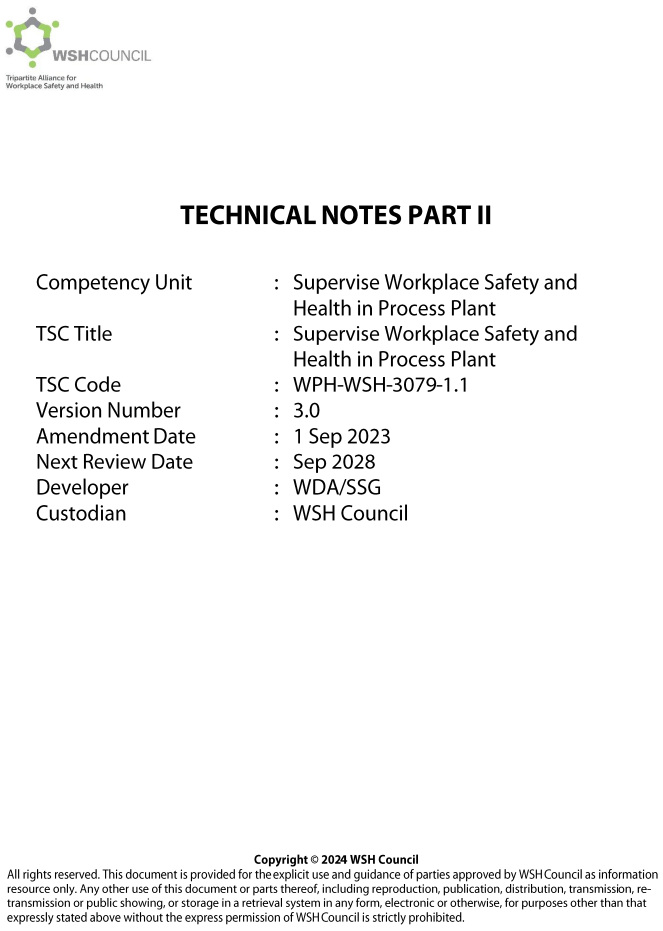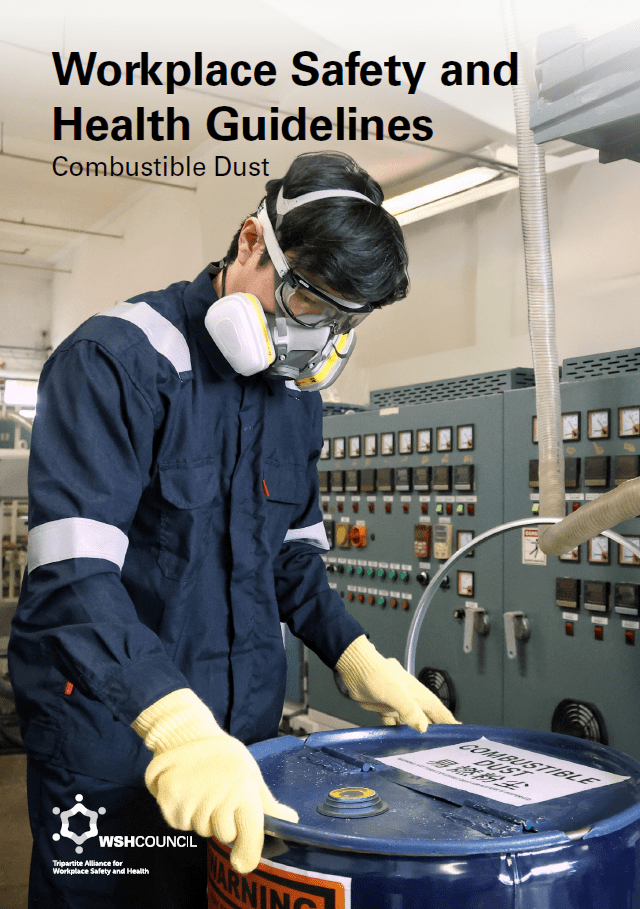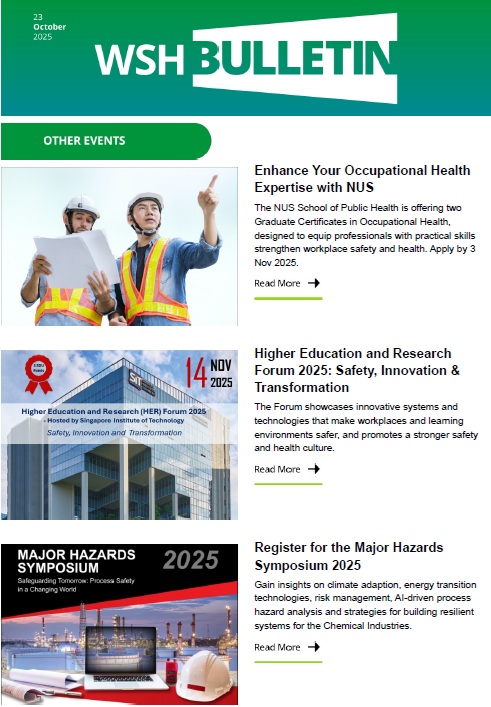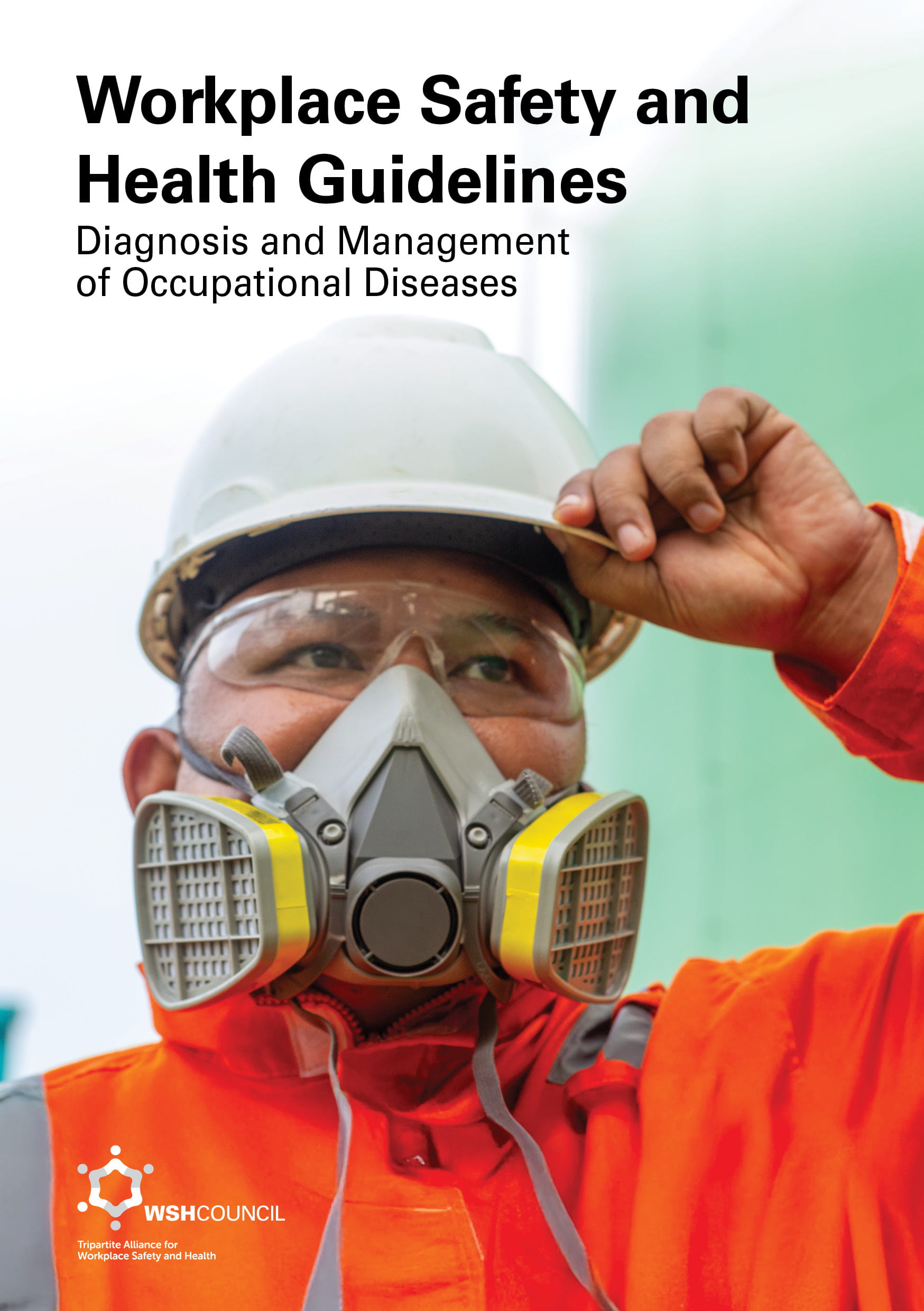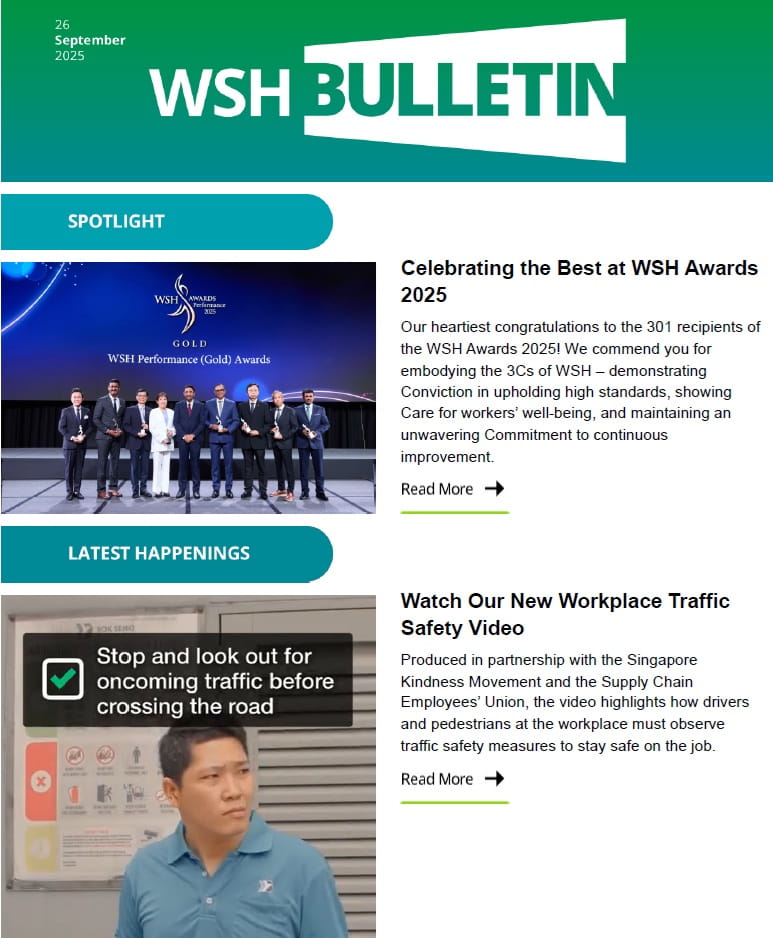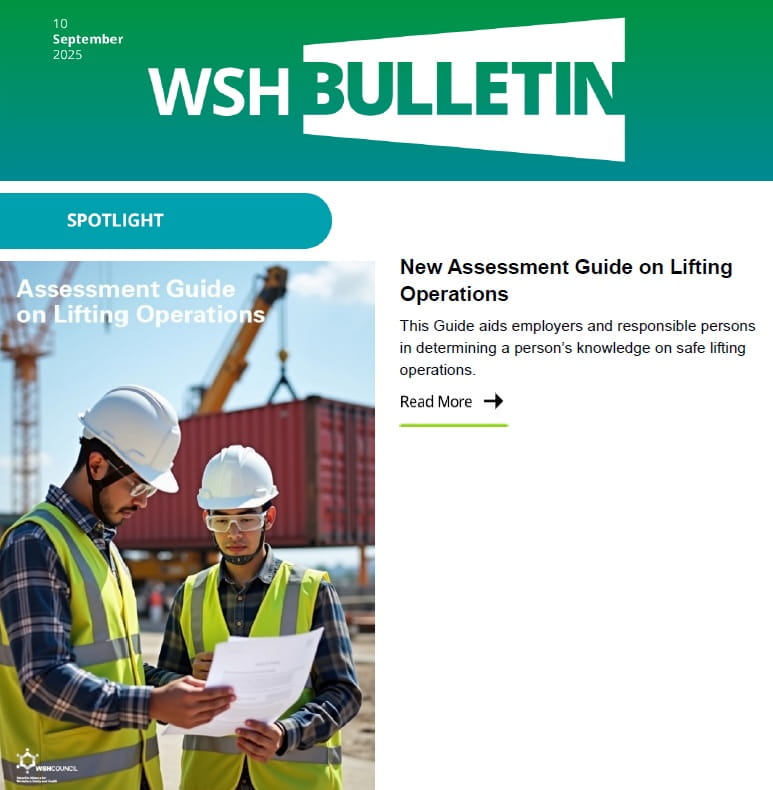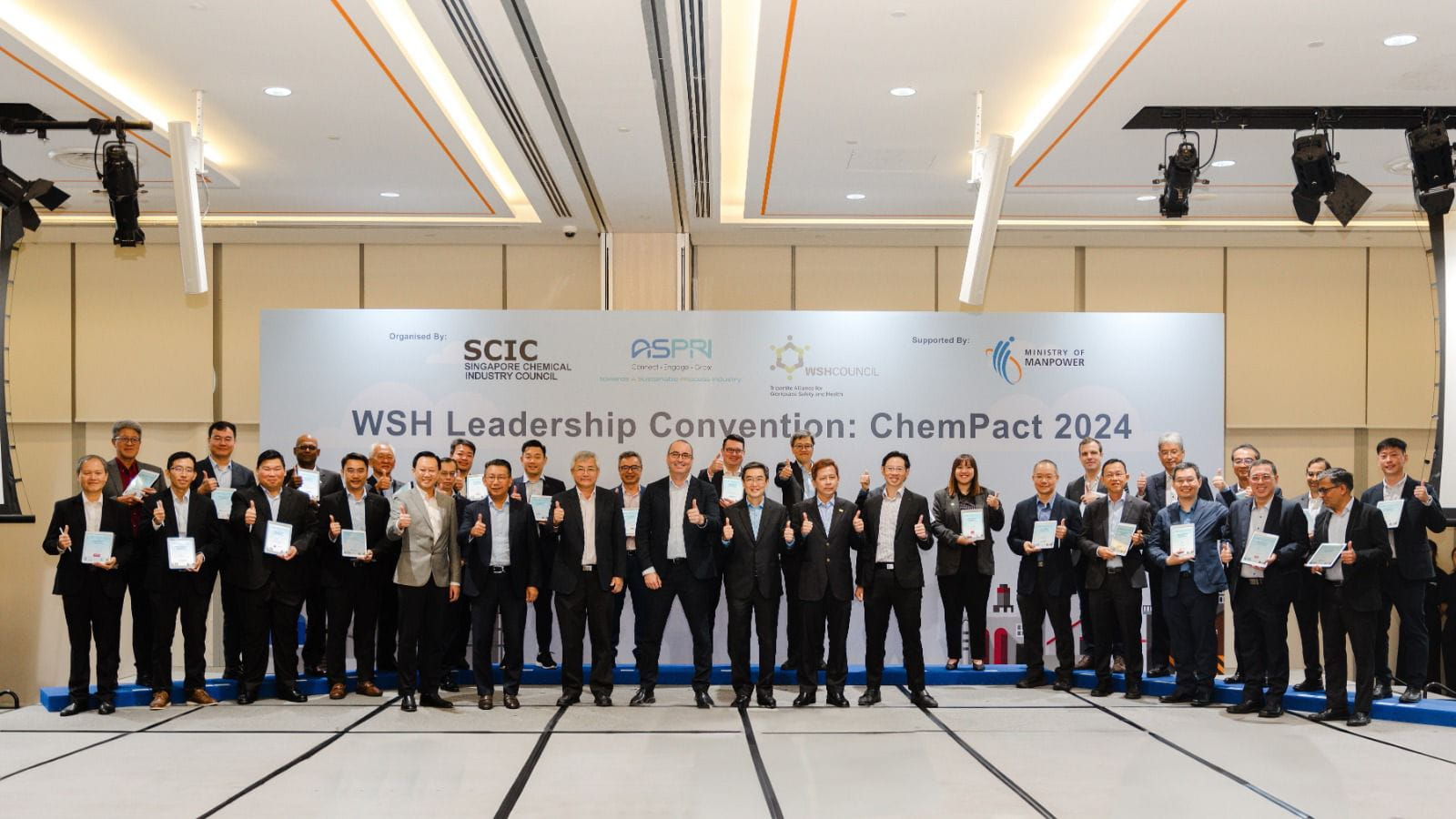Globally Harmonised System of Classification and Labelling of Chemicals
Overview of the GHS and how you can adhere to GHS requirements.
About the GHS
The Globally Harmonised System of Classification and Labelling of Chemicals (GHS) is a system for chemical hazard communication. The United Nations developed the GHS through standardised:
- Chemical hazard classification
- Chemical product labelling
- Safety Data Sheets (SDS)
Why It Is Important
The GHS helps chemical companies to reduce the time and cost required to comply with multiple regulations. This makes the international sale and transport of hazardous chemicals easier.
Users of hazardous chemicals can also use the information provided on the labels and SDS to identify hazards and take the necessary precautions for their safety and health.
Who It Affects
Almost every industry will be affected by the GHS. You must adhere to the GHS requirements if your company belongs to one of the following industries:
- Chemical manufacturing
- Petrochemicals
- Electronics
- Metalworking
- Paint manufacturing
- Printing
- Transport equipment
- Storage and warehousing
For more information on the GHS and its requirements, please refer to the GHS booklet.
What You Need to Do
|
Role |
You must |
|
Chemical manufacturer or supplier |
|
|
Workplace occupier or employer |
|
|
Employee |
|
How to Label
All containers that contain a hazardous substance must be affixed with one or more labels, according to the requirements of the Singapore Standard SS 586. Examples of containers include bags, barrels, bottles, boxes, cans, cylinders, drums and intermediate bulk containers. For a complete guide on how to label, please refer to the GHS booklet.
Language Requirements
The label should be in languages easily understood by all workers. GHS labelling elements in other languages are available online.
Label Dimensions
|
Container Capacity |
Dimensions (in millimetres) |
|
125ml to 3 litres |
If possible, at least 52 by 74 |
|
More than 3 litres but 50 litres or less |
At least 74 by 105 |
|
More than 50 litres but 500 litres or less |
At least 105 by 148 |
|
More than 500 litres |
At least 148 by 210 |
Label Information Items
The table below lists all the required label information items of a full GHS label.
|
Required Label Information Items |
Example |
|
Product name |
Isopropyl Alcohol |
|
Pictograms |
|
|
Signal word |
DANGER |
|
Hazard statements |
|
|
Precautionary statements |
|
|
Supplementary information |
Empty uncleaned drums can still be dangerous, keep labelled until decontaminated, then remove or deface the label. For further information on this product, refer to Safety Data Sheet. |
|
Supplier information |
United Nations Chemical Company Ltd. |
You may use the GHS labelling kit to create full GHS labels.
Note: If there is any new information received on the label information items, you must update the label within 6 months.
Reduced Workplace Label
If it is not practical to create a full GHS label, you may use a reduced workplace label instead. You may use reduced workplace labels if the hazardous chemicals are:
- In containers that are less than or equal to 125ml;
- Decanted, transferred or dispensed to secondary containers;
- Not supplied to another workplace;
- Used in laboratories; or
- To be sent for research and analysis.
The reduced workplace label must include the product name and GHS pictogram(s).
Note: Before implementing reduced workplace labels in the workplace, you must train individuals handling hazardous chemicals to interpret the label, understand the hazards, and know the precautionary measures to take.
For More Information

